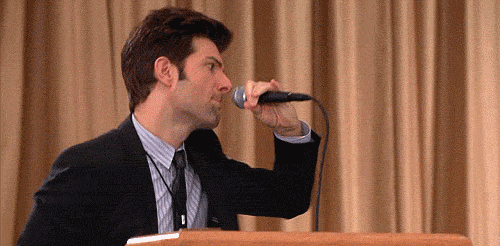I almost made this response on the twitter but thought it should be more permanent.
Trying to figure out where to put a rail line in a city where you have lots of unmet transit demand and an inadequate funding stream to do everything you want to do? IE, you live in the real world?
PUT YOUR RAIL LINE WHERE IT REQUIRES THE LEAST POSSIBLE OPERATING SUBSIDY.

It’s just that simple.
Don’t talk about disrupting traffic. Don’t talk about TOD. Don’t talk about bridges or tunnels.
If you put your rail line where it requires a very large operating subsidy, you end up having to cut bus service to make up the budgetary impact. This is what Capital Metro had to do during the early days of the Red Line. Both the best 98x buses and the 9 bus were cancelled to make up for operating subsidy overruns from the Red Line. Only today is the operating subsidy anywhere close to the original budget (and it’s still monstrously high – something like $20/ride). We’d have more buses running more routes today if the Red Line had never been built, in other words. The presence of the Red Line means that the people of Austin have less transit today than they otherwise would have. This is how you can tell it was a BAD RAIL LINE.
If you put your rail line where it requires a very small operating subsidy (ideally less than existing bus service1, you end up having MORE money to spend on more buses elsewhere, or on the next rail line. The best way to find that corridor is to find a corridor where a ton of people ride the bus, and where research indicates even more people would ride the train (because it’s more comfortable and reliable than the bus is today).
Anybody who wants to make it more complicated than that is trying to confuse you and get you to support a rail line that you should not support.
Hey, you ask. What about my second rail line?
Go back to the beginning of this post and repeat. The same, simple, formula works for every single rail line your city will ever build. Pick the corridor where the rail line will have the lowest possible operating subsidy. Rinse. Repeat.
Third rail line? Is it more complicated yet? NO. GO BACK TO THE BEGINNING OF THIS POST AGAIN.
Fourth? Fifth?
NO. NO. GO BACK TO THE BEGINNING. This simple process works for every rail line – it tells you which one you should do next.
This is how you build an actual network instead of a struggling disaster like we have in Austin. Again, anybody who tells you it’s not this simple is trying to fool you into supporting something that’s not in your best interest. They have ulterior motives, like, for instance, being on the board of a community college which took over a decaying mall2. Or, for instance, not wanting to be politically embarassed about previous bad decisions3. Or wanting to make a medical school look shinier.
By the way, if you follow this process, you don’t need to lie about your conversations with the Federal Transit Administration either. Hint.
Now I’m off to Germany. Where they actually use logic like the above. Which is why their rail networks actually, you know, work.

One way you can tell whether your city is ready for rail at all is whether you can find a corridor where rail would lower the operating subsidy compared to existing bus service. If you have no such corridor, you might not be a good candidate for rail, yet! ↩
Hello Highland Mall! ↩
The real reason for no G/L is this embarassment. Future blog post will show comments about the Federal Transit Administration are misleading at best; lies at worst ↩